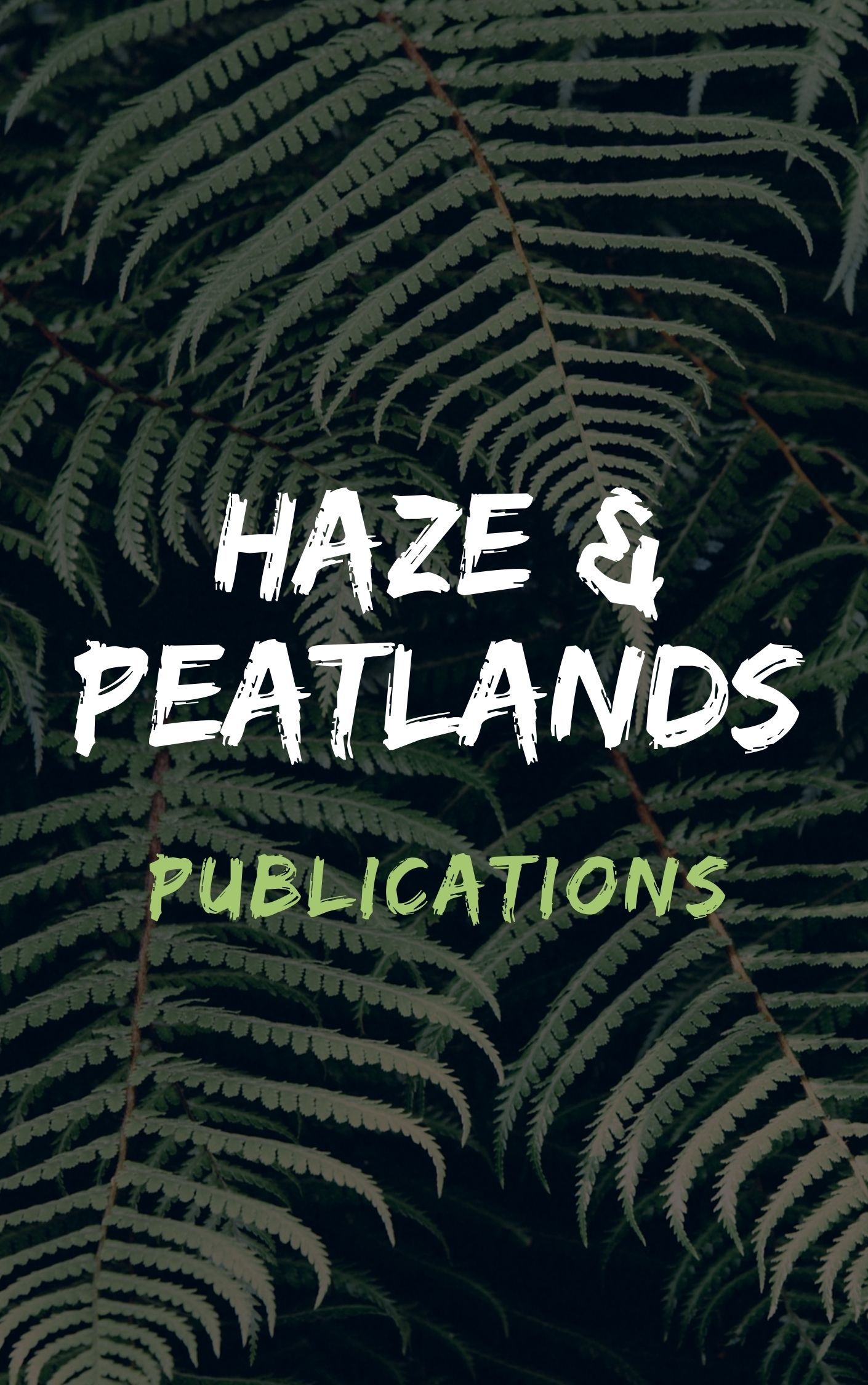Tropical peatlands have high potential function as a major source of atmospheric methane (CH4) and can contribute to global warming due to their large soil carbon stock, high groundwater level (GWL), high humidity and high temperature. In this study, a process-based denitrificationdecomposition (DNDC) model was used to simulate CH4 fluxes in a pristine tropical peatland in Sarawak. To test the accuracy of the model, eddy covariance tower datasets were compared. The model was validated for the year 2014, which showed the good performance of the model for simulating CH4 emissions. The monthly predictive ability of the model was better than the daily predictive ability, with a determination coefficient (R2) of 0.67, model error (ME) of 2.47, root mean square error (RMSE) of 3.33, mean absolute error (MAE) of 2.92 and mean square error (MSE) of 11.08. The simulated years of 2015 and 2016 showed the good performance of the DNDC model, although under- and overestimations were found during the drier and rainy months. Similarly, the monthly simulations for the year were better than the daily simulations for the year, showing good correlations at R2 at 0.84 (2015) and 0.87 (2016). Better statistical performance in terms of monthly ME, RMSE, MAE and MSE at ? 0.11, 3.38, 3.05 and 11.45 for 2015 and ? 1.14, 5.28, 4.93 and 27.83 for 2016, respectively, was also observed. Although the statistical performance of the model simulation for daily average CH4 fluxes was lower than that of the monthly average, we found that the results for total fluxes agreed well between the observed and the simulated values (E = 6.79% and difference = 3.3%). Principal component analysis (PCA) showed that CH4, GWL and rainfall were correlated with each other and explained 41.7% of the total variation. GWL was found to be relatively important in determining the CH4 fluxes in the naturally inundated pristine tropical peatland. These results suggest that GWL is an essential input variable for the DNDC model for predicting CH4 fluxes from the pristine tropical peatland in Sarawak on a monthly basis. © 2021, The Author(s), under exclusive licence to Springer-Verlag GmbH Germany, part of Springer Nature.
View source

